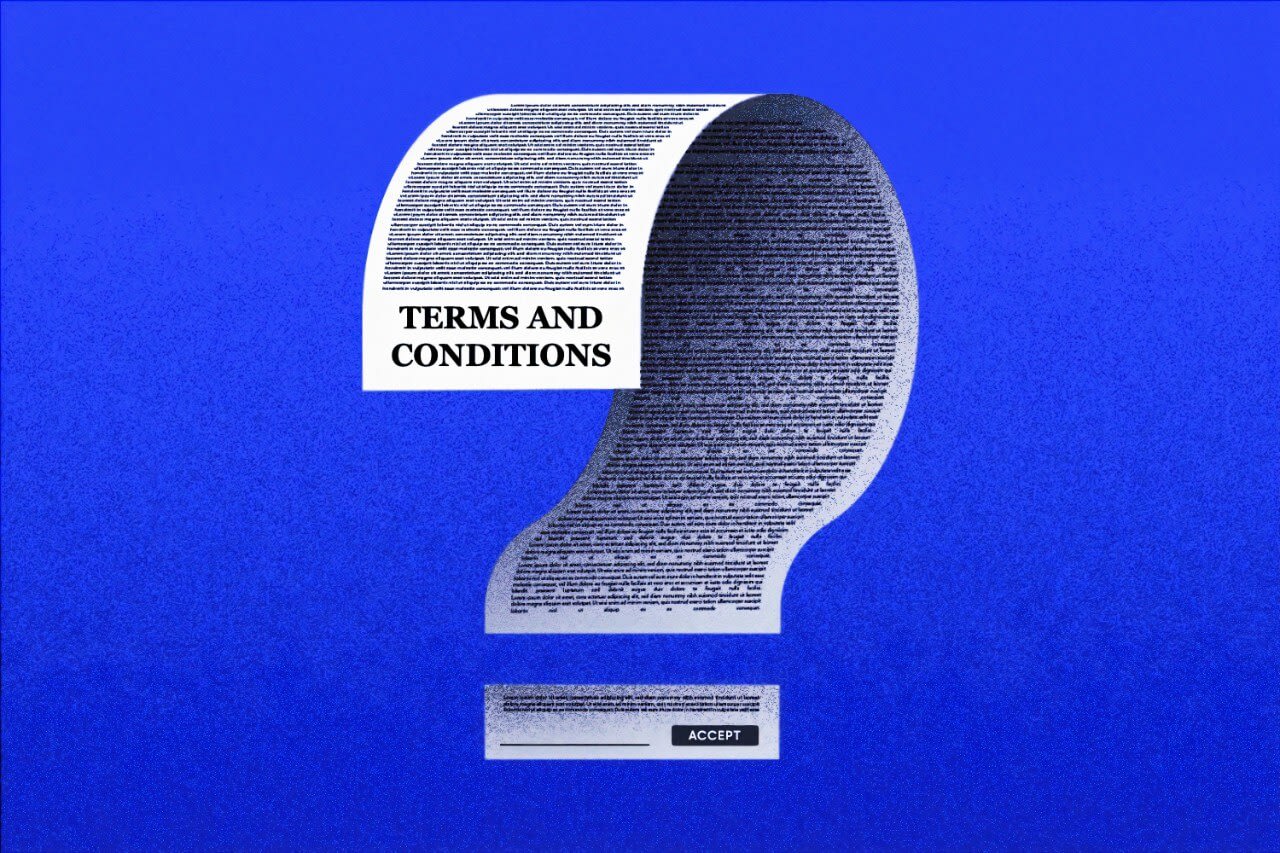It’s estimated that at least 1 in 5 people in the UK have a long-term illness, disability or impairment.
Due to a new legislation coming into effect on 23rd
September 2020, all public sector websites and apps must be accessible and meet the basic needs for those with disabilities.
This includes taking into consideration those with impaired hearing, blind or partially sighted, motor disabilities, cognitive impairments and learning disabilities when it comes to your sites user experience and design.
Why Is This Important?
Many disabled people have no choice but to use public sector websites and fall into the category of people that depend on them the most. Therefore, it’s important that every disabled person can use one with ease. Millions of people currently miss out on getting the help and information they need due to websites lack of assistive features.
In addition to those with disabilities, assistive technology would also help the elderly population feel more confident using online services by introducing clear navigation, readable text, and audio options.
How Can I Make My Website Disability Friendly?
There are many ways that you can make your website accessible for disabled people. Here are just a few practical changes you can make.
For blind/visually impaired
Many blind or visually impaired individuals will use software which transfers words from the screen into audio feedback, or to an electronic braille device. The software cannot extract text from infographics, videos, or downloadable documents such as PDFs, so it’s important to take this into consideration when adding content to your site.
Adding “alt text” to every image is also important to ensure that the user knows what is being displayed to them. And vice versa, adding subtitles to video means that every deaf or audio impaired person can engage with the content.
Giving users the option to zoom in or use a magnifying tool will also improve usability for those which are partially sighted, as well as voice optimising your site.
Learning difficulties
For those with learning difficulties, reading text heavy content and long words can be confusing. Using basic terminology, clear formatting and clear navigation will improve their user experience.
Motor skill disabilities
An individual with a motor skill disability can have problems maintaining posture and controlling hand movements. These persons may have extra difficulty using a mouse and rely on websites that have easy navigation buttons and respond well to keyboard strokes, so it’s important for your website developer to take note of this when developing the site.
Like visually impaired people, those with motor skill difficulties also benefit from Google’s voice search function.
In What Instances Would This New Regulation Not Apply To Me?
Some organisations may be able to appeal against the new law, only if implementing the new regulations would be a ‘disproportionate burden.’ This would be in a case where the public body could not reasonably cope with making the change. Reasons for this could be:
Reasons which do not make you exempt include:
- Not having enough knowledge
- Lack of time
For more information on this, visit the GOV website here
For updates on future changes regarding your website or marketing, follow us on our social media here.














